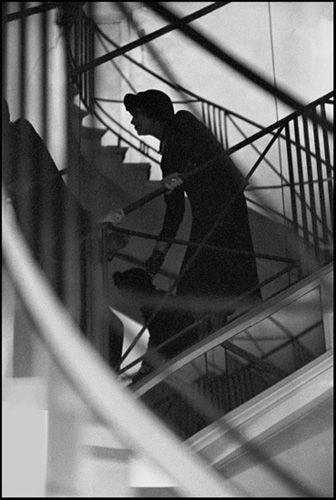Coco is a 1969 musical with a book and lyrics by Alan Jay Lerner and music by André Previn, inspired by the life of Gabrielle “Coco” Chanel. It starred Katharine Hepburn in her only stage musical.
Theatre producer Frederick Brisson originally had optioned Chanel’s life for his wife Rosalind Russell, but Russell had developed acute arthritis, making it difficult for her to function. That meant another leading lady with star quality needed to be found. Irene Selznick suggested Katharine Hepburn, who initially scoffed at the idea of appearing in a musical but agreed to work with former MGM vocal coach Roger Edens for ten days. Following an audition in Selznick’s suite at The Pierre Hotel, Hepburn felt comfortable enough to mull seriously the proposition, and was further convinced to accept the offer after meeting Chanel.
Set between early autumn of 1953 and late spring of 1954, fashion designer Coco Chanel, after fifteen years of retirement, decides to return to the world of Haute Couture and reopen her Paris salon. With her new collection derided by the critics, she faces bankruptcy until buyers from four major American department stores – Saks Fifth Avenue, Bloomingdale’s, Best & Company, and Ohrbach’s – place orders with her. She becomes involved with the love life of one of her models, and flashbacks utilizing filmed sequences recall her own past romantic flings. Adding humor to the proceedings is a highly stereotypical rude gay designer who tries to impede Chanel’s success. The finale is a fashion show featuring actual Chanel designs from 1918 to 1959.
Cecil Beaton confessed that he simply copied Chanel’s designs instead of interpreting them for the stage, they would have looked like something from a thrift store. Nevertheless, Beaton won a Tony award for Best Costume Design in 1970.





























































